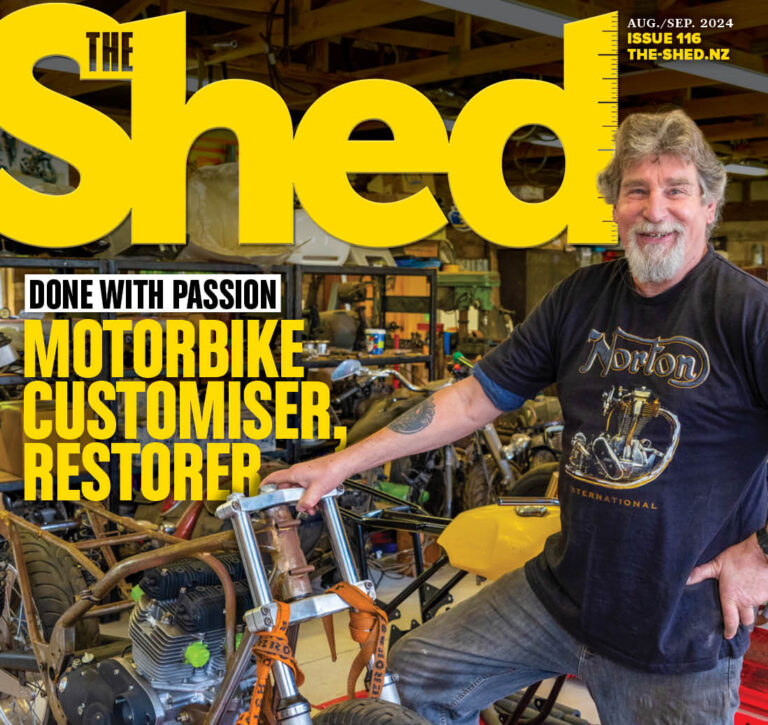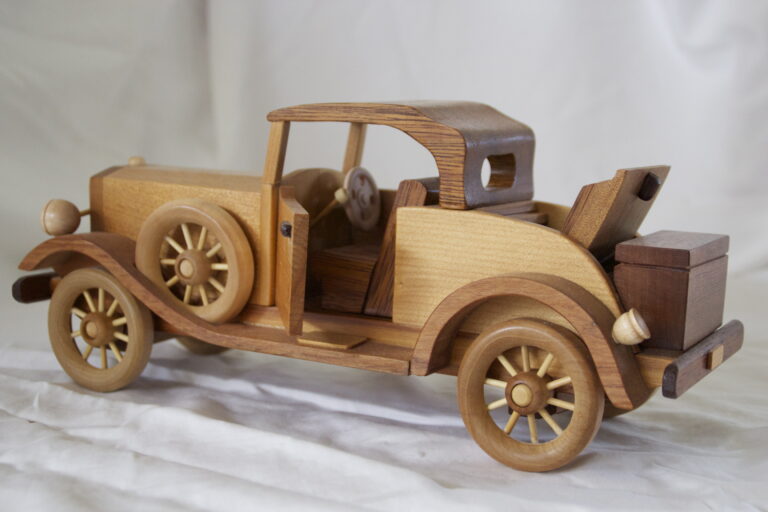If you haven’t heard these Tusk Silent Timber blades in operation you can’t fully appreciate what a difference they make. They are not silent but they are significantly quieter, and probably never squeal. These ultra-thin, deep-cutting, premium-quality saw blades are made especially for use on electric or cordless circular saws. They feature a patented sound and vibration cushioning design with a silver fluoride coating and tungsten carbide welded tips. They are especially useful in noise restricted environments, but they are better at any time. The dense solid steel core design results in smooth, precise cuts, and the ultra-thin kerf reduces load for longer blade and battery life.
Pricing for 165/185 x 1.6 x 52T x 20/16 blades starts from $70. See tusktools.co.nz to find Tusk stockists.

Preserving the past
It started with a teddy bear, then an American Greyhound bus, a wind-up Sherman tank and an aeroplane. Alastair Allan held on to his toys long after others would have put them aside. He’s still got them, along with several thousand other items that he has bought or acquired over the past 70 years or so. He declares he is holding on to the past for the future to tell the story of how people lived in North Otago as far back as 150 years ago.


